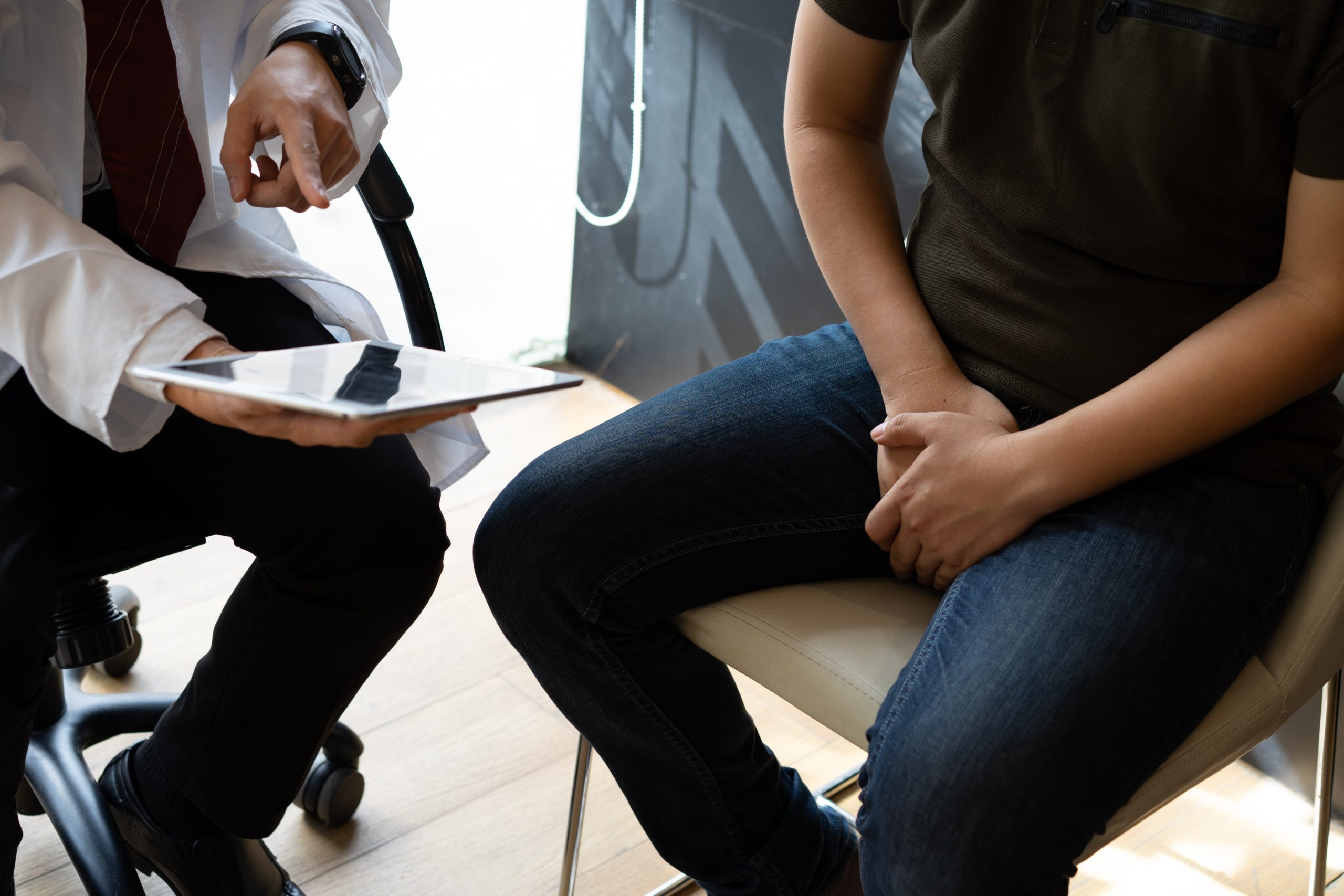What Is Testicular Torsion?
Testicular injuries might be a common punchline on TV and in the movies, but this body part isn’t just highly sensitive to blunt force and other injuries. It can also have significant impacts on men’s health, including fertility and healthy sexual functioning.
When left untreated, conditions like testicular torsion can be extremely dangerous for individuals suffering from these issues, and in rare cases, they can even create the risk of losing the testicle altogether. Whether you’ve been diagnosed with testicular torsion or you’re trying to find answers to unexplained testicular pain, here’s an overview of this serious condition, including how to identify it and how to seek out treatment.
What is Testicular Torsion?
When an individual develops testicular torsion, the testicle has become twisted to the point that the spermatic cord delivering blood to the testicle is unable to provide blood flow to the organ. This is an extremely painful condition, and it comes with significant risks if left untreated: because the testicle is fully cut off from its blood supply, the organ will die unless the torsion is corrected to resume blood flow.
Typically, this medical emergency must be resolved within six hours of its development to minimize the risk of losing the testicle.
Testicular Torsion Causes
One of the challenges of identifying testicular torsion is that its causes are limited, and in some cases unknown. To the best of anyone’s knowledge, testicular torsion is a spontaneously occurring event that cannot be fully prevented or identified based on past behaviors, injuries, or actions.
The most likely causes of testicular torsion are cases where an infant male is born with a condition called a "bell clapper" deformity, which is marked by a testicle that is able to move freely within the scrotum while in infancy, increasing the risk of torsion.
There is also evidence that testicular injuries, including blunt-force trauma, may also increase the risk of torsion, although the strength of this relationship is unclear.
Testicular Torsion Symptoms
Severe pain in the testicles is the primary symptom to consider. Individuals who have suffered this condition in the past say that what testicular torsion feels like is an intense burning or shooting pain that onsets suddenly and doesn’t go away. This pain may be so intense that it wakes individual up and prevents sleep once it develops.
In association with this pain, you may also develop the following signs of testicular torsion:
- Swelling, including a lump, on the testicles
- Abdominal pain
- Fever
- Nausea
- Vomiting
- The frequent urge to urinate
What Does Testicular Torsion Look Like?
In some cases, the torsion being suffered by the testicle is invisible from the outside, and identified only through its intense pain.
If you or someone you know develops testicular torsion, though, you may notice a swollen or bulging part of your scrotum, most likely on the side of the afflicted testicle. You may also notice an unusual shape of your scrotum, which may indicate that the testicular torsion has disrupted the normal positioning of your testicles. The most common instance of this disruption is in cases where one testicle is positioned much higher than the other.
Testicular Torsion Treatment
Once torsion has developed in a testicle, surgery is the only corrective treatment option to consider—particularly given the tight deadline required to alleviate the torsion, restore blood flow and save the testicle.
Testicular torsion surgery involves a doctor making a small cut in your scrotum to view and manually untwist your testicles. In cases where your testicles have twisted together, this surgical procedure may be more complicated and intensive, although individuals will be placed under anesthesia due to the severe pain they would experience if conscious.
After the procedure, the scrotum will be sutured shut. The doctor may also stitch one of your testicles to the inside of your scrotum to hold it in place and prevent testicular torsion from developing in the future.
In rare cases, a doctor may be able to untwist the testicle through a manual process, but this is not a reliable method of treatment, and shouldn’t be pursued to the exclusion of surgery. Even if a doctor is successful in manually manipulating the testicle out of torsion, surgery may be required to fix the structural issue causing the torsion, and to prevent this emergency situation from developing in the future.
Keep in mind that, while testicular torsion is a serious and dangerous condition for newborns and infants, surgery also brings additional risks and complications due to the use of anesthesia in such young children. Parents should be aware of these risks when consenting to surgery for their child’s testicular torsion.
If you suspect you or your child is suffering from testicular torsion, there’s no time to delay medical assistance. Call 911 or visit an emergency room immediately to seek essential medical care.


